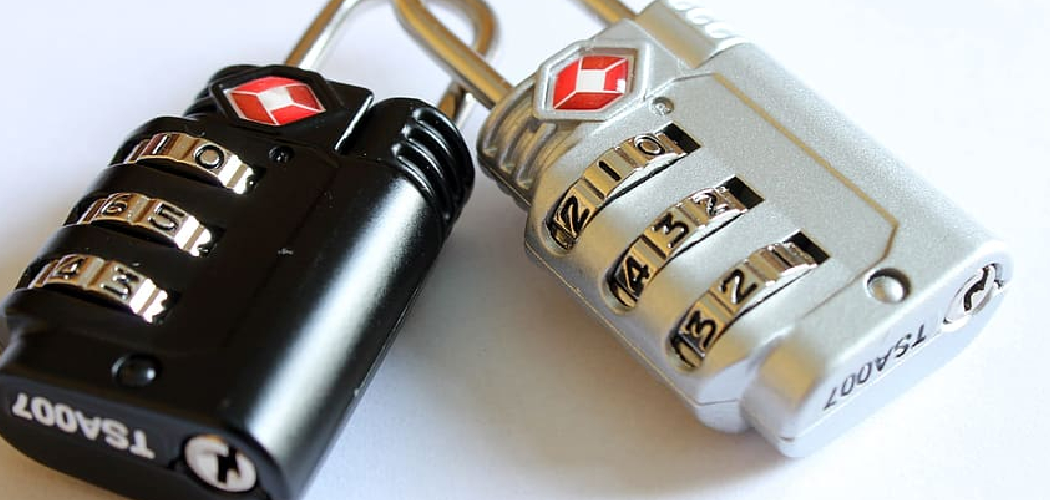Finding yourself stuck with a locked bike and no way to unlock it can be downright frustrating, especially if you’ve misplaced or forgotten the combination to your bike lock. Luckily, there are methods you can follow to regain access without damaging the lock or bike. Whether you’re a beginner trying to understand how combination locks work or facing this problem for the first time, this guide will provide clear, actionable steps to help you unlock a bike combination lock and get back on the road swiftly.
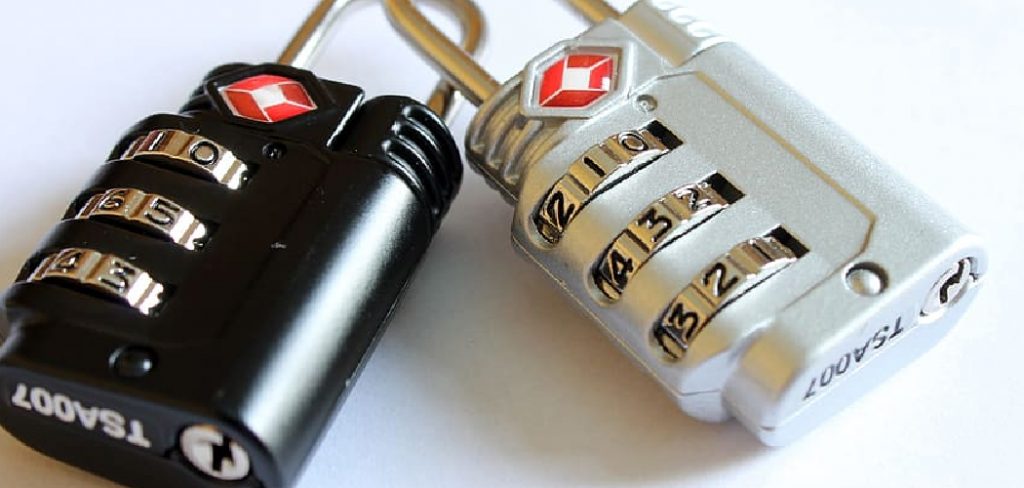
Unlocking a combination lock requires some patience and attention to detail, but it’s entirely possible to solve the issue without expert tools or advanced skills.
Below, you’ll find a comprehensive breakdown of why this topic matters and a detailed step-by-step guide to resolve the problem. By the end of this article, you’ll confidently know how to unlock bike combination locks while avoiding common pitfalls.
Why Learning How to Unlock Bike Combination Locks is Important
Combination locks are wildly popular because of their convenience and ease of use, but they also come with a significant drawback—forgetting the combination! Misplacing the code can render the lock nearly useless and your bike inaccessible. For beginners or recreational cyclists, understanding universal methods to unlock these locks is essential.
This knowledge becomes even more valuable if you’re traveling, commuting, or in situations where professional assistance isn’t readily available. Instead of feeling helpless, you can take control and solve the problem independently.
Additionally, knowing how to handle bike combination locks will ensure that you won’t damage property. It’s always better to unlock the mechanism carefully than resort to cutting tools or breaking the lock—a step that may not always be practical or accessible. With proper understanding and steps, you can resolve the situation without unnecessary drama.
9 Step-by-Step Guide: How to Unlock Bike Combination Lock
Unlocking a bike combination lock may seem daunting at first, but with some focus and perseverance, the process becomes much simpler. Follow the steps below, and you’ll soon retrieve access to your bike without panic.
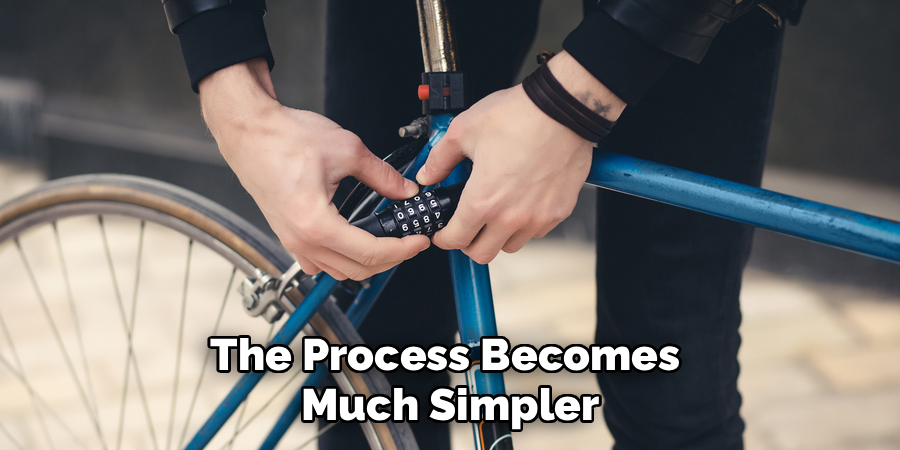
Step 1: Understand How the Lock Works
Before attempting to unlock the lock, it’s crucial to understand the design and purpose of the device. Bike combination locks typically have a series of rotating dials with numbers ranging from 0 to 9. These dials must align in the correct sequence to release the locking mechanism.
Take a closer look at the structure of your lock. Pay attention to the dials’ stiffness and how each turn feels. This foundational understanding will aid in the unlocking process.
Step 2: Consider if the Code Is Memorized
Now, take a moment to think carefully about the code. Sometimes, people remember their combinations through muscle memory rather than conscious thought. Place your hands on the lock and try rotating the dials as you normally would if opening it. Subconscious actions can often trigger the correct sequence.
Try common codes you might use for other devices, such as significant dates or numerical sequences, as these are often easy to recall.
Step 3: Look for Audible and Tactile Hints
Many combination locks emit tiny “clicks” when the correct number aligns with the internal mechanism. Slowly and gently rotate each dial from zero upward, listening closely for a faint sound or even feeling subtle resistance that indicates alignment.
By moving each dial individually and stopping on suspected numbers, you can start narrowing down the possible entries without rushing. This step requires patience, but it’s highly effective for unlocking the mechanism.
Step 4: Test Default Codes
If you never set a custom combination, it’s possible the lock is still using the factory default code. For many bike locks, this is often “0-0-0-0” or another similar repeating low-number sequence.
Attempt such default settings first to rule out the simplest explanation before moving forward. If successful, make a note to set a personal combination afterward for added security.
Step 5: Use a Trial-and-Error Approach
If the lock doesn’t open after relying on memory or default settings, you may need to test combinations systematically. Start from “0000” and work your way upward.
Though this might seem tedious, focusing on attentive movements and testing logical sequences will eventually lead to the correct code. Taking a careful and structured approach is far better than aimlessly spinning dials.
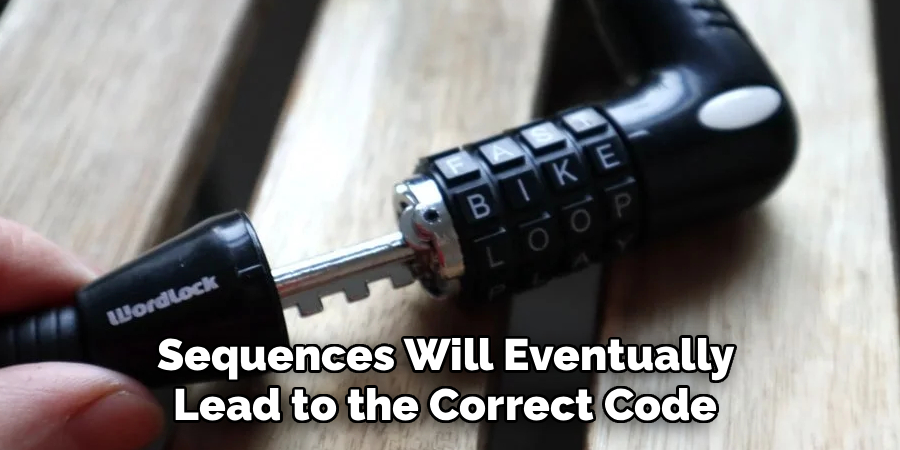
Step 6: Use Visual Observation
Under certain lighting conditions, slight differences may appear between dials when numbers align to the unlocking position. Use a flashlight to closely examine each notch or groove in the locking mechanism for helpful visual cues during this step.
Mark any suspicious points where alignment seems likely and confirm by trialing those settings.
Step 7: Reset the Lock
If the lock is open but the combination has been forgotten, consider resetting it to a code you can remember. Most locks have a small reset button. Press and hold it while entering a new code, then release it to finalize the sequence.
Resetting ensures peace of mind and prevents future inconvenience.
Step 8: Seek Professional Assistance
If all attempts fail despite thorough efforts, visiting a professional locksmith may offer the best resolution. Skilled professionals have dedicated tools for unlocking devices without damaging them.
This step should, of course, be a last resort, reserved for cases when no progress is possible after exhausting all other methods.
Step 9: Learn from the Experience
Once you successfully unlock the bike, take steps to avoid repeating the problem. Document your combination in a secure but accessible manner, such as storing it in password-protected note apps or physical locations you frequent often.
This lesson ensures future mistakes don’t disrupt your routine!
Comparing Different Lock Types
When choosing a bike lock, understanding the strengths and weaknesses of various types is essential to ensure optimal security.
Cable Locks
Cable locks are lightweight, flexible, and easy to transport, making them a popular choice for casual bike users. However, they are less secure compared to other options and can be vulnerable to bolt cutters or other tools. They are best suited for low-theft-risk areas.
U-Locks (D-Locks)
U-locks are rigid and provide robust security against most tampering methods, including cutting or prying. They are heavier and less flexible but are an excellent choice for high-theft areas. Their durability makes them a preferred option for urban commuters.

Chain Locks
Chain locks offer versatility thanks to their flexibility, allowing users to secure their bikes to larger or oddly-shaped objects. High-quality chain locks with thick, hardened links provide excellent security, but their weight and bulkiness can be drawbacks.
Folding Locks
Folding locks combine flexibility and portability, featuring foldable metal plates that are both compact and robust. While they strike a balance between security and convenience, their protection level may vary depending on the model.
Smart Locks
Smart locks incorporate advanced technology, such as keyless entry, GPS tracking, or alarm systems. These locks offer modern conveniences but often rely on batteries or apps, which could pose reliability issues. They are great for tech-savvy users who prioritize accessibility and additional features.
Each lock type addresses different needs, so selecting the best one depends on your environment, bike’s value, and personal requirements. Always aim to balance security with practicality.
Frequently Asked Questions
How do I prevent forgetting my bike lock combination again?
To avoid forgetting your code, you can write it down and save it in a secure location, such as a notebook you frequently use or a dedicated smartphone app for storing passwords. Setting a code with personal significance, like a memorable date, can make it easier to recall.
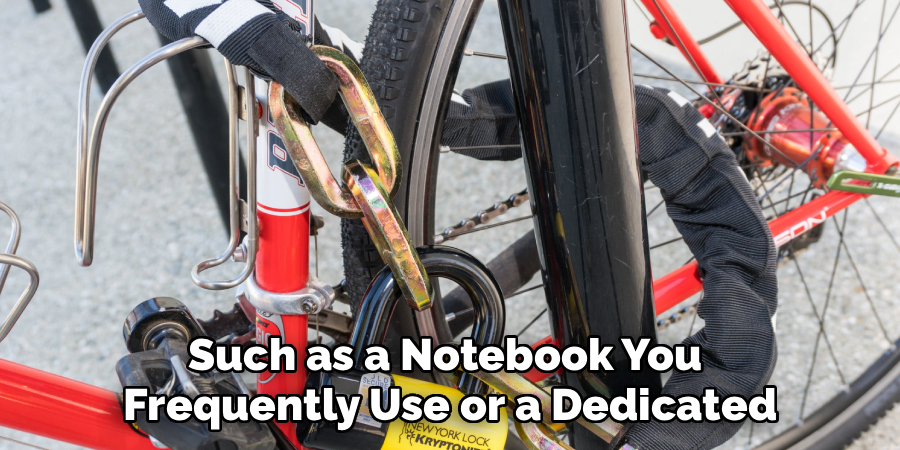
Additionally, regularly practicing the combination once or twice a week keeps it fresh in memory. Frequently using your lock also reduces the risk of forgetting.
Is it legal to unlock someone else’s combination lock?
No, tampering with or unlocking someone else’s lock without their knowledge or consent is illegal and highly unethical. This guide is intended for enabling users to safely unlock bike combination locks they own or have permission to access. Always seek proper authorization, and if you suspect theft, contact the relevant authorities immediately.
Can I break a bike combination lock if I’m unable to open it?
Breaking a lock should only be a last resort if you own the bike and have proof of ownership. Tools for cutting through locks are not easily accessible in many situations and could damage your bike in the process. It’s always better to exhaust other unlocking methods or consult a professional locksmith before attempting destructive actions.
Do combination locks wear out over time?
Yes, combination locks can wear out due to prolonged exposure to weather conditions, rust, or mechanical strain. To maintain their functionality, periodically clean the lock with a protective solution, and store it in a dry area when not in use.
Routine maintenance significantly prolongs the lifespan of your lock and reduces the chance of malfunctions.
Are combination locks secure compared to other bike locks?
Combination locks are generally secure but may not be the best choice for areas with high theft rates. They offer convenience and eliminate the need for keeping track of a key, but advanced lock-picking techniques can open them. For maximum security, pairing a combination lock with additional safeguards, like a U-lock, is recommended.
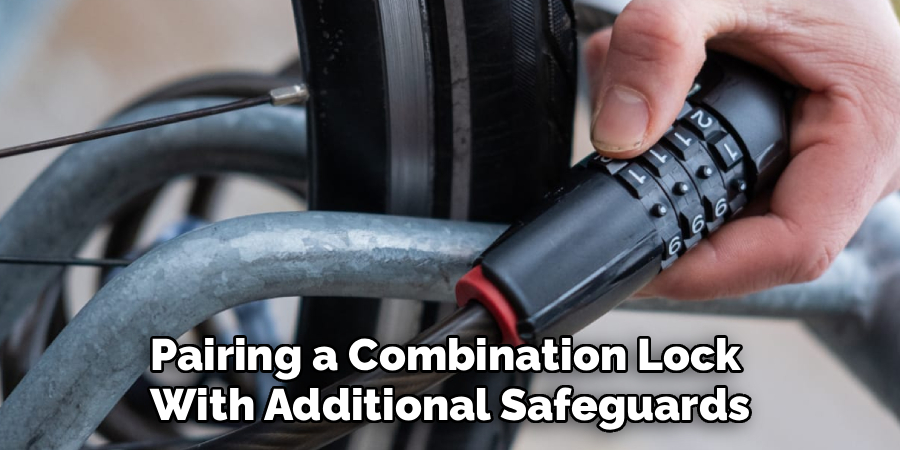
Conclusion
Unlocking a bike combination lock may seem challenging, but with the right approach, tools, and patience, the problem is entirely solvable. By understanding how combination locks function, systematically testing potential codes, and observing for small hints, you’ll regain access to your bike without stress.
It is essential to prioritize the security of your belongings by investing in reliable and tamper-resistant locks. Regularly inspecting your lock for wear and tear can also help prevent unexpected issues. Additionally, keeping a record of your combination or key location in a secure yet accessible place can save time and frustration in the long run. A proactive approach to security ensures peace of mind and protects your valuables from potential threats.
If you often rely on bike combination locks, ensure future security by keeping backups of your code and sticking to regular maintenance practices. Don’t hesitate to try these techniques—you’re now equipped with the knowledge of how to unlock bike combination locks confidently and effectively!

